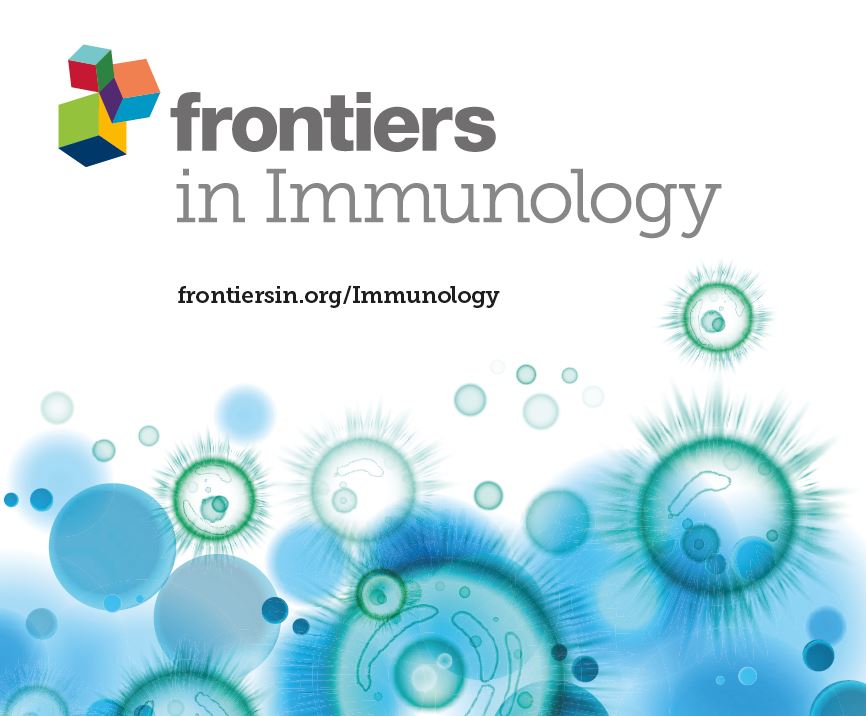Dissecting the causal links between gut microbiome, immune traits and polyp using genetic evidence
IF 5.7
2区 医学
Q1 IMMUNOLOGY
引用次数: 0
Abstract
BackgroundPrevious research has demonstrated an association between gut microbiota and immune status with the development of several diseases. However, whether these factors contribute to polyps remains unclear. This study aims to use Mendelian randomization (MR) to investigate the causal relationship between gut microbiota and 4 types of polyps (nasal, gallbladder, colon, and gastric polyps), as well as to analyze the mediating role of immune traits.MethodsThis study utilized large-scale GWAS meta-analyses of gut microbiota (MiBioGen Consortium), 731 immune traits, and 4 types of polyps (one from the FinnGen Consortium and three from the NBDC Human Database). Univariate MR with the inverse variance weighted (IVW) estimation method was employed as the primary analytical approach. A two-step MR analysis was performed to identify potential mediating immune traits. Additionally, multivariable MR approach based on Bayesian model averaging (MR-BMA) was employed to further prioritize gut microbiota and immune traits associated with polyp development.ResultsBased on IVW method in univariate MR analysis, we identified 39 gut microbial taxa and 135 immune traits significantly causally associated with at least one type of polyp. For nasal polyps, 13 microbial taxa and 61 immune traits were causally associated. After false discovery rate (FDR) correction, CD3 on Central Memory CD8利用遗传证据剖析肠道微生物组、免疫特征和息肉之间的因果联系
背景以前的研究表明,肠道微生物群和免疫状态与多种疾病的发生有关。然而,这些因素是否会导致息肉仍不清楚。本研究旨在利用孟德尔随机化方法(MR)研究肠道微生物群与 4 种息肉(鼻息肉、胆囊息肉、结肠息肉和胃息肉)之间的因果关系,并分析免疫特征的中介作用。方法本研究利用大规模 GWAS 元分析对肠道微生物群(MiBioGen Consortium)、731 个免疫特征和 4 种息肉(一种来自 FinnGen Consortium,三种来自 NBDC 人类数据库)进行了分析。主要分析方法是采用反方差加权(IVW)估计法进行单变量磁共振分析。进行了两步磁共振分析,以确定潜在的介导免疫特征。结果根据单变量 MR 分析中的 IVW 方法,我们确定了 39 个肠道微生物类群和 135 个免疫特征与至少一种类型的息肉有显著的因果关系。就鼻息肉而言,13 个微生物类群和 61 个免疫特征与鼻息肉有因果关系。经误诊率(FDR)校正后,中央记忆 CD8+ T 细胞上的 CD3 和 CD4 调节性 T 细胞上的 CD3 仍具有显著性。MR-BMA确定了4个肠道微生物类群和4个免疫特征为高优先级。就胆囊息肉而言,9 个微生物类群和 30 个免疫特质存在因果关系。MR-BMA 确定了 8 个微生物类群和 6 个免疫特征具有较高的重要性。就结肠息肉而言,6 个微生物类群和 21 个免疫特征存在因果关系。MR-BMA 确定了 4 个微生物类群和 3 个免疫性状的重要性更高。在胃息肉中,12 个微生物类群和 33 个免疫特征存在因果关系。放线菌在经过 FDR 校正后仍具有显著性,MR-BMA 确定了 7 个肠道微生物类群和 6 个免疫特征具有较高的重要性。我们确定了 16 条因果关系通路,其中介方向与肠道微生物群-多聚物的关联方向一致。结论我们的发现揭示了肠道微生物群、免疫特征和息肉发生之间的因果关系,强调了肠道微生物群和免疫状态在息肉发生中的关键作用。此外,这些研究结果表明了在息肉预防、早期筛查和制定降低息肉风险的有效策略方面的潜在应用。
本文章由计算机程序翻译,如有差异,请以英文原文为准。
求助全文
约1分钟内获得全文
求助全文
来源期刊

Frontiers in Immunology
IMMUNOLOGY-
CiteScore
9.80
自引率
11.00%
发文量
7153
审稿时长
14 weeks
期刊介绍:
Frontiers in Immunology is a leading journal in its field, publishing rigorously peer-reviewed research across basic, translational and clinical immunology. This multidisciplinary open-access journal is at the forefront of disseminating and communicating scientific knowledge and impactful discoveries to researchers, academics, clinicians and the public worldwide.
Frontiers in Immunology is the official Journal of the International Union of Immunological Societies (IUIS). Encompassing the entire field of Immunology, this journal welcomes papers that investigate basic mechanisms of immune system development and function, with a particular emphasis given to the description of the clinical and immunological phenotype of human immune disorders, and on the definition of their molecular basis.
 求助内容:
求助内容: 应助结果提醒方式:
应助结果提醒方式:


